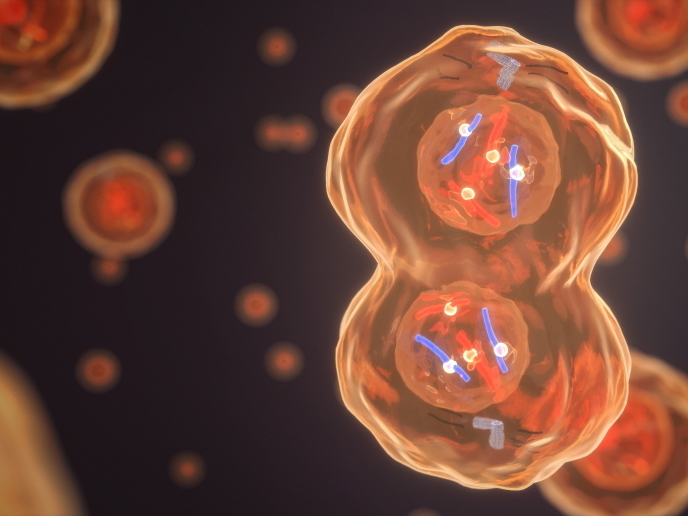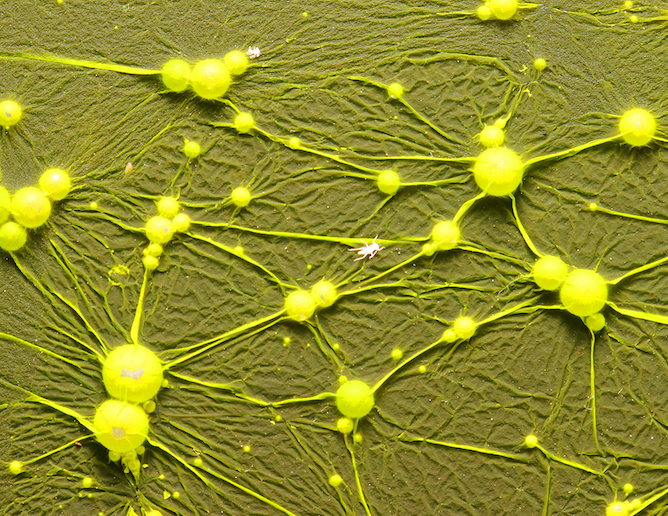Synthetic cell models help researchers study the origins of life
The phenomenon of self-reproduction has been extensively studied, not only because it might explain how life began, but because it plays a critical role in everyday biological processes. It helps to ensure that biological systems are self-sustaining. ”How chemical systems made from very simple materials can become autocatalytic, and how complex the chemistry from those ‘simple’ systems can become, is still not well understood,” says Autocat project coordinator Stephen Fletcher, professor of Chemistry at Oxford University in the United Kingdom.
Self-replicating systems
To address this, Fletcher set out to develop simple models of cells that self-reproduce, to explore what happens at the level where chemical molecules become involved in systems. By using two simple chemical building blocks to produce more complex products, which then produced primitive cell-like structures, he was able to shed light on how these processes operate. These models allowed Fletcher and his team to study processes related to how life may have started in new ways, enabling chemistry to become biology billions of years ago. “What we have been doing essentially is sleuthing,” he explains. “We mixed different molecules together, to see if we could develop these complex self-replicating systems.” A key breakthrough came with the ability to create self-replicating systems that broadly resemble how biological systems work. The team then kept these systems in an energy-consuming state, which scientists call out of equilibrium. “We were able to create much more advanced self-reproducing protocell models than had been seen before,” adds Fletcher.
Realistic biological models
Fletcher notes that Autocat has evolved over time. While the project has made advances in better understanding autocatalysis, the development of synthetic out-of-equilibrium systems has created new research opportunities. “We can now examine what happens when we put these systems in competition with each other, and they compete for resources or building blocks,” says Fletcher. “Does one product predominate, and is there a selection mechanism? If so, why does this happen?” Furthermore, the research led Fletcher to understand the benefit of developing biological models that more closely replicate life. “Autocatalytic reactions are a really fast way of making something,” he notes. “They just create, create, create.” “But life isn’t really like that,” he adds. “People are born, they live, and then they die. Our cells are the same, they don’t go on replicating forever.” The Autocat project has put Fletcher and his team at the forefront of developing functional reproductive models that more closely reflect what happens in biology. “Before, we were just trying to mimic replication,” he explains. “Now we are trying to harness energy consumption and mimic other more complex biological phenomena.” Fletcher notes that there is now a whole research community dedicated to investigating out-of-equilibrium systems. “The beauty of the European Research Council grant was that very little of what we are doing now was in our original application,” he says. “But we were able to take our project forward and stay at the cutting edge of an innovative field. We would never have been able to achieve this without the ERC grant.”
Keywords
Autocat, biological, autocatalytic, chemical, cell, life, molecules, energy, reproduction







